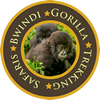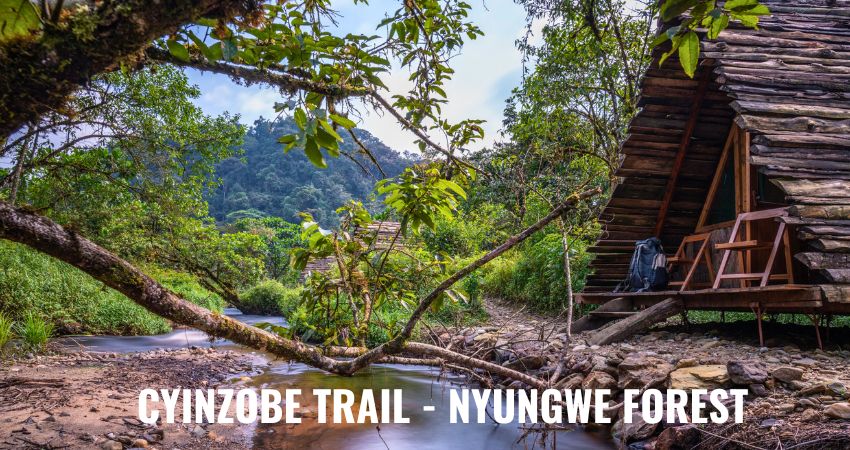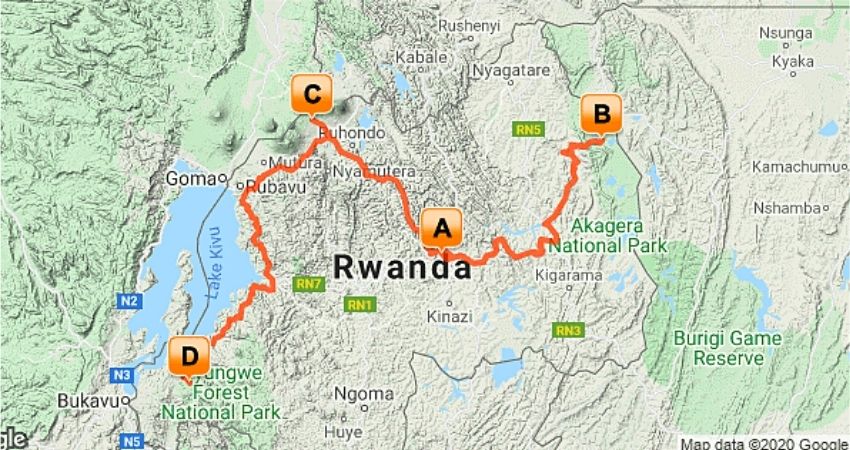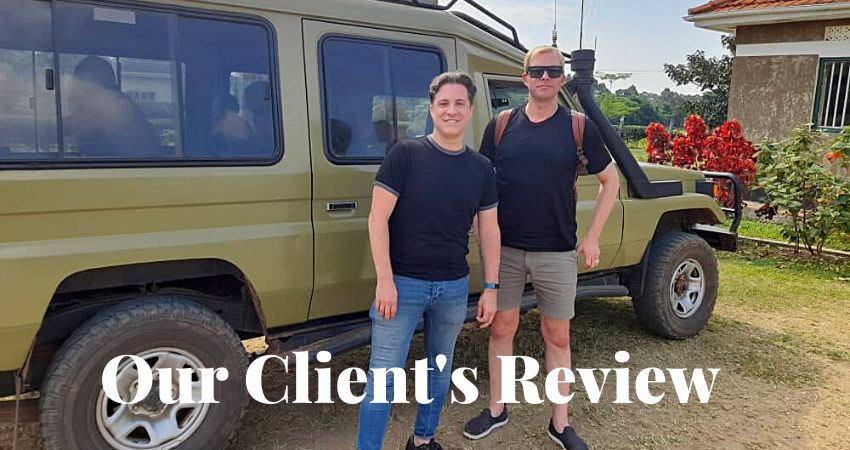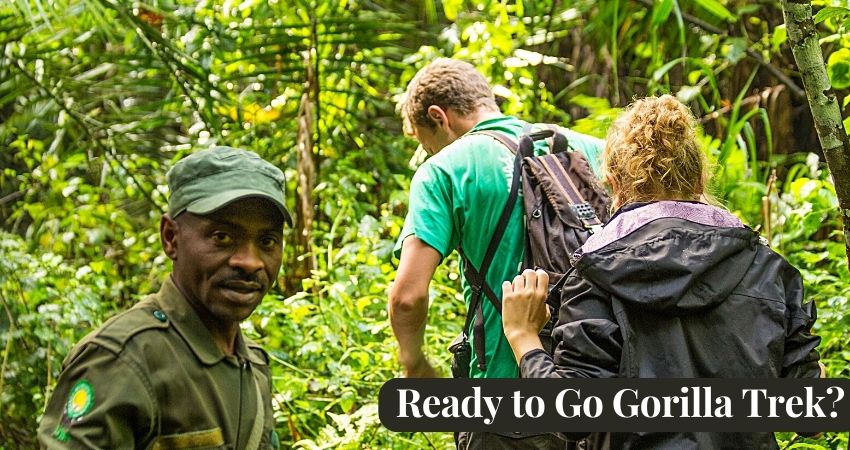
What You Must Know to Go Gorilla Trekking in Rwanda
Gorilla Trekking is a “dream come true” for most travelers to Africa, and the experience of meeting face-to-face with them is second to none. The endangered mountain gorillas are only found in four National Parks within Rwanda, Uganda, and the Democratic Republic of Congo that include Virunga, Mgahinga, Volcanoes, and Bwindi National Parks. BOOK NOW
Of all the four places, Rwanda’s Volcanoes National Park is the most accessible (just a 3-hour drive from the Airport/Kigali City) which makes it travelers’ number one choice for achieving their lifetime goal of getting up-close and personal with these Giant Apes. While it is a dream for any primate enthusiasts, there are a number of conditions that need to first be fulfilled for your gorilla trekking safari in Rwanda to be possible.
Possessing a Gorilla Trekking Permit.
For travelers to track the mountain gorillas, one of the important conditions for gorilla trekking in Rwanda is having a valid gorilla trekking permit, only issued by Rwanda Development Board. These permits cost only $1500 per person per day and allow you to visit one of the 12 habituated gorilla families in Rwanda within Volcanoes National Park. Gorilla permits are generally not transferrable.
There are only 12 habituated gorilla families in Volcanoes National Park and because each family is visited by a maximum of 8 visitors, only 96 gorilla permits are sold each day. The demand for Rwanda gorilla permit is high, especially in the high season- June to September and December to February these bookings have to be done at least 6 months in advance to give you peace of mind as well as avoid last-minute disappointment.
Age restriction.
Did you know that gorilla trekking in Rwanda (like in other places) has a minimum age limit? Only travelers who are 15 years and above are allowed to trek and meet face-to-face with these Giant Apes in their natural habitat. Do you know why there is an age limit for gorilla trekking? One of the reasons is that children can more easily transmit human illnesses (especially flu, cough, and measles) to mountain gorillas than adults do.
Also, it is difficult to predict children’s reactions after spotting mountain gorillas or even after these creatures charge. Reactions such as screaming from excitement are likely to irritate these Giant Apes, who might react by charging, withdrawing, and becoming violent. This rule is enforced and there is definitely no getting around it. The age limit was also placed because of the physical demands of gorilla trekking (hiking through areas of higher altitudes between 2500 to 4000 meters above sea level), which means children are likely to slow the movement of the group.
Be physically fit.
Mountain gorillas generally live in heavily-forested areas of high elevations, which require travelers to be physically fit. Gorilla treks take 2-6 hours or more, through very steep slopes, rugged terrains, and thick undergrowth, and for this reason, we recommend first practicing (jogging, walking, and hiking small hills in your neighborhood) for several months before your scheduled gorilla trekking day.
However, being physically fit doesn’t mean that travelers with reduced mobility can’t track the mountain gorilla. With the provision of sedan chairs, the elderly and disabled travelers can also achieve their dream of meeting face-to-face with the Giant Apes in their natural habitats.
Free from communicable diseases.
Mountain gorillas share over 98.2% of their DNA with mankind, and this puts them at high risk of being infected. These Giant Apes are susceptible to communicable diseases such as colds, flu, Covid-19, measles, and cough. For this reason, first, make sure that you are free from these diseases before getting into the forest to search and watch the mountain gorillas as a way of protecting them and vice versa.
